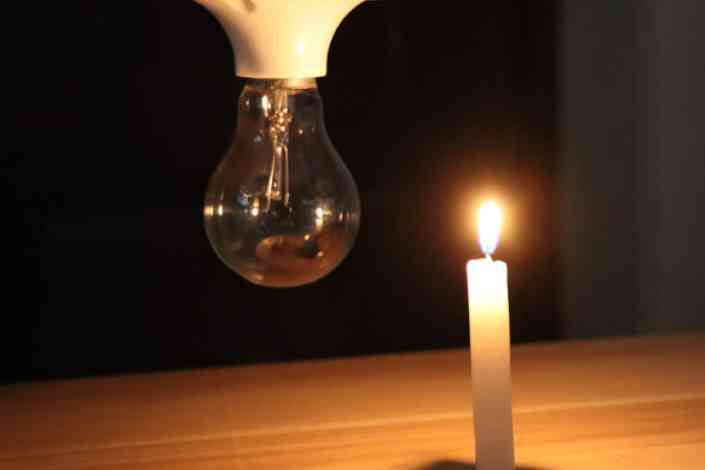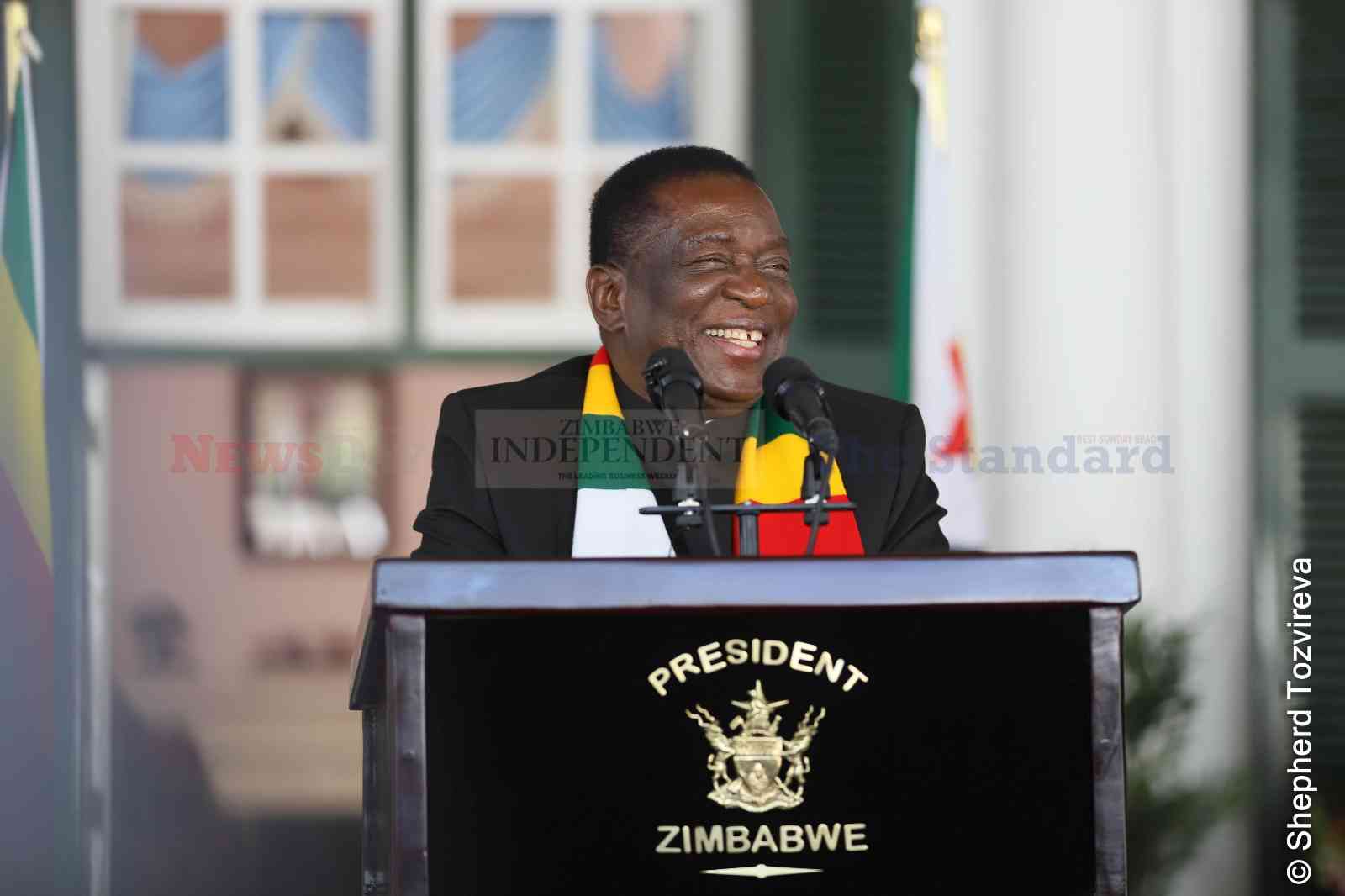
ZIMBABWE’S electricity shortages have gone out of hand in recent weeks, with households going for more than 15 hours without electricity.
This level of load-shedding was last experienced in 2019 during the height of acute foreign currency shortages.
The situation is hurting the poor the most, particularly those families living in high-density suburbs who cannot afford alternative energy sources like liquefied petroleum gas and solar energy, which are charged exclusively in forex.
In Zimbabwe, the majority are earning in local currency, the Zimbabwe dollar, a fragile currency that had lost at least 80% of its value against the United States dollar since the beginning of the year to date, causing unsustainable growth in prices.
Official statistics show price inflation mounting by 285% (year-on-year) in August 2022, with monthly inflation continuing to hover in double-digit territory.
Also, the latest World Bank report indicates that at 353%, Zimbabwe has the highest global food inflation ahead of Lebanon (240%), Venezuela (131%), Sri Lanka (91%) and Turkey (90%).
The example below illustrates the burden being borne by the general public, while some privileged Treasury officials believe that the government is fairly paying its workers and the economy is doing well:
A 49-year-old Chipo, a breadwinner of a household of four, is a public servant earning a salary of about $50 000 and US$200 per month.
- Mavhunga puts DeMbare into Chibuku quarterfinals
- Bulls to charge into Zimbabwe gold stocks
- Ndiraya concerned as goals dry up
- Letters: How solar power is transforming African farms
Keep Reading
She rents two rooms in Mufakose, a high-density suburb in Harare, at US$60 per room and pays US$30 per month for utilities — water and electricity.
Chipo commutes to work five days a week. Due to a shortage of buses at Zupco, a parastatal for public transportation, she utilises private kombis charging a minimum of US$1 for a one-way local trip, thus spending at least US$40 per month for transport costs to work alone.
Resultantly, her entire US dollar salary component is exhausted covering only rentals, accommodation and transport costs.
Chipo has three children; a fifth grader, a Form 3, and one at tertiary level.
Recall that almost all learning institutions have recently increased tuition fees in line with deteriorating Zimdollar at the interbank (official) market.
For instance, the University of Zimbabwe recently hiked tuition fees by more than 1 000% to $500 000 for undergraduate before the figure was revised downwards to $320 000 per semester.
Since Chipo is now left with only a Zimdollar salary of $50 000 in the bank, she is facing an unbearable trade-off between sending her children to school and providing them with food and clothing.
As such, life is tough for her, a white-collar worker who is being forced to moonlight to make ends meet.
The foregoing example vividly illustrates the extra burden being exerted on already overstretched citizens’ budgets due to long load-shedding hours.
Not only are these power outages affecting citizens, but they have also become an albatross to national output growth as they are fuelling the cost of doing business.
For example, ProPlastics, one of Zimbabwe’s largest pipe manufacturers, reported a loss of 19 production days owing to increased power cuts in the first half of 2022.
According to Zesa Holdings, the increased power shortages are due to technical challenges at its power generation plants as well as import constraints.
Zimbabwe Power Company’s (ZPC) thermal power plants have a combined installed capacity of 1 110 megawatts (MW) enough to cover 65% of the national off-peak demand of about 1 700MW.
However, most of these thermal plants like Munyati, built between 1946 and 1957, have now outlived their lifespan, hence are now breaking down frequently.
Production at ZPC’s sole hydropower plant, with an installed capacity of 1 050MW, is also being affected by dwindling water levels at Kariba Dam.
Electricity generation at Kariba Dam is designed to utilise between 475,5-488,5 metres of water level, yet as of September 12, 2022, the dam levels stood at 478,59 metres (21,58% of usable storage).
It is the public’s opinion that with her vast energy resources and 42 years into independence, Zimbabwe should be energy self-sufficient with excess for the export market.
It is reported that Zimbabwe has 29 coal localities with known reserves of at least 29 billion tonnes of coal that are sufficient to sustain the nation for the next 100 years.
Also, Zimbabwe has an estimated 600 billion cubic metres of coal bed methane in Chiredzi, Beitbridge, Lupane and Hwange.
It is reported that Zimbabwe’s solar radiation is available at an average of 2 000 kilowatts per hour per square kilometre per year and spread over 3 000 hours per year.
Photovoltaic (PV) cells could generate total energy consumption of 1 000 Gigawatt hours (GWh) with an estimated 10% efficiency and by installations covering 1,3% of total surface area.
There exists a potential for use of solar water heaters and solar PV technologies which are technically estimated to have a potential of at least 300MW.
More so, the potential of bagasse co-generation from sugarcane is estimated to be around 633 GWh or 1 000MW per year. Last, but not least, the hydro potential on Zambezi River is estimated to be around 37 tera-watt hour (TWh) per year with only about 10TWh per year already utilised to date.
As for inland hydro projects, they are estimated to have the potential to add over 150MW per year. The combined hydro potential is estimated at 18 500 GWh per year with 17 500 GWh technically feasible and only 19% of the technically feasible utilised to date.
Therefore, authorities should utilise the nation’s electricity production potential to reach self-sufficiency as well as attain a diversified energy mix.
Affordable and uninterrupted electricity supply is a key domestic production enabler and also contributes to the betterment of living standards which have significantly deteriorated in the last three decades.
Excess production will also be sold to regional counterparts, thereby generating foreign currency which is crucial in supporting the value of the local currency, accumulating reserves to build resilience during unforeseen contingencies, and also addressing the dire impacts of climate change and climate variability.
To attain all this, there is a need for increased political will to curb corruption which is rife in public procurement tendering processes.
To augment public resources earmarked for energy projects, authorities should also intensify the liberalisation of the energy sector to stimulate the participation of the private sector players.- Zimcodd











